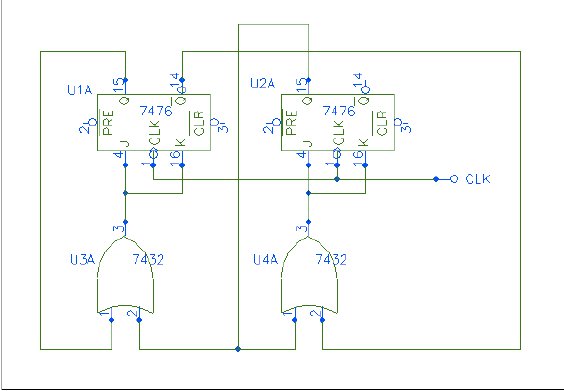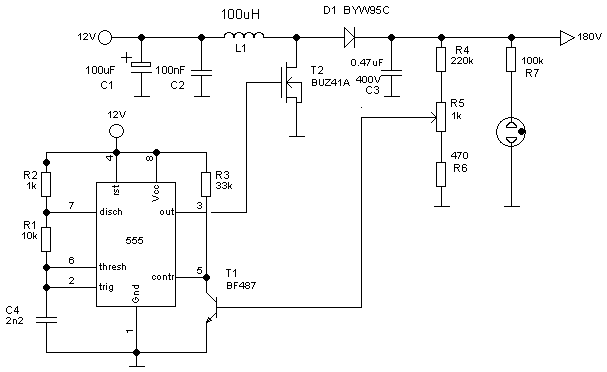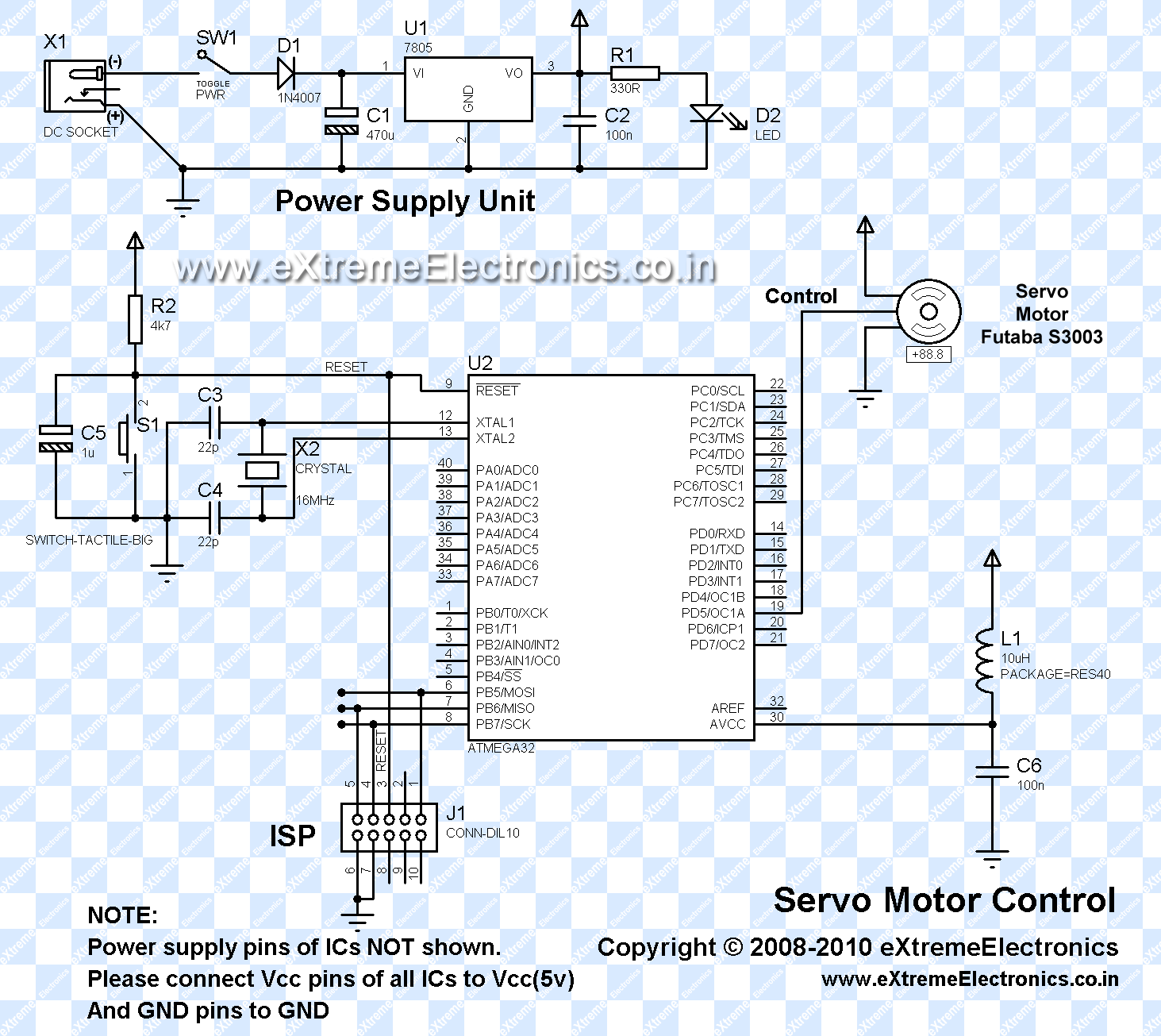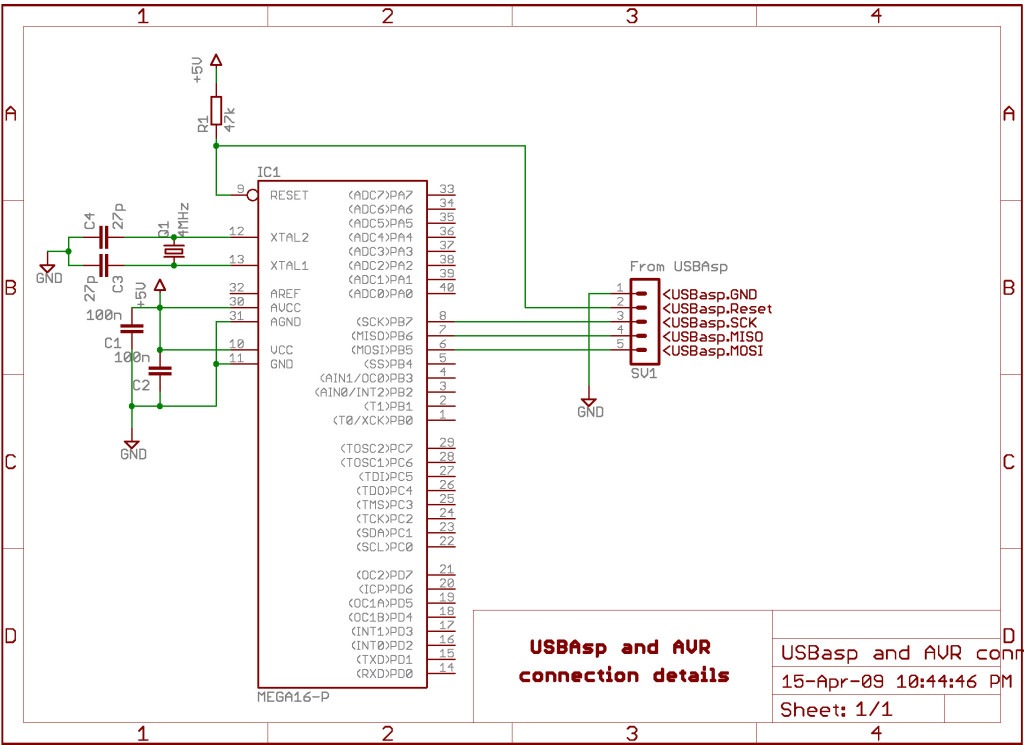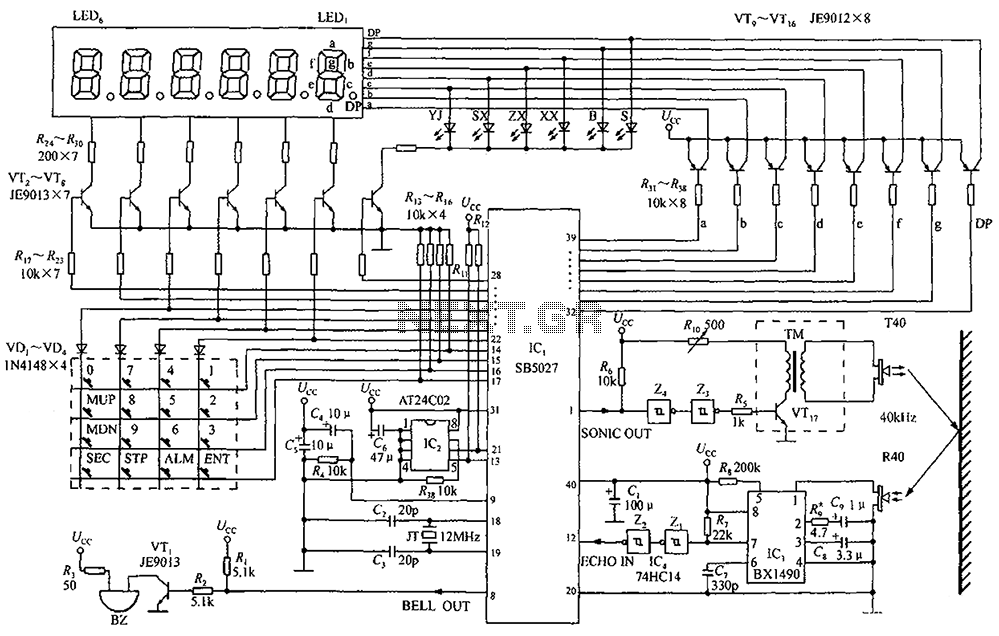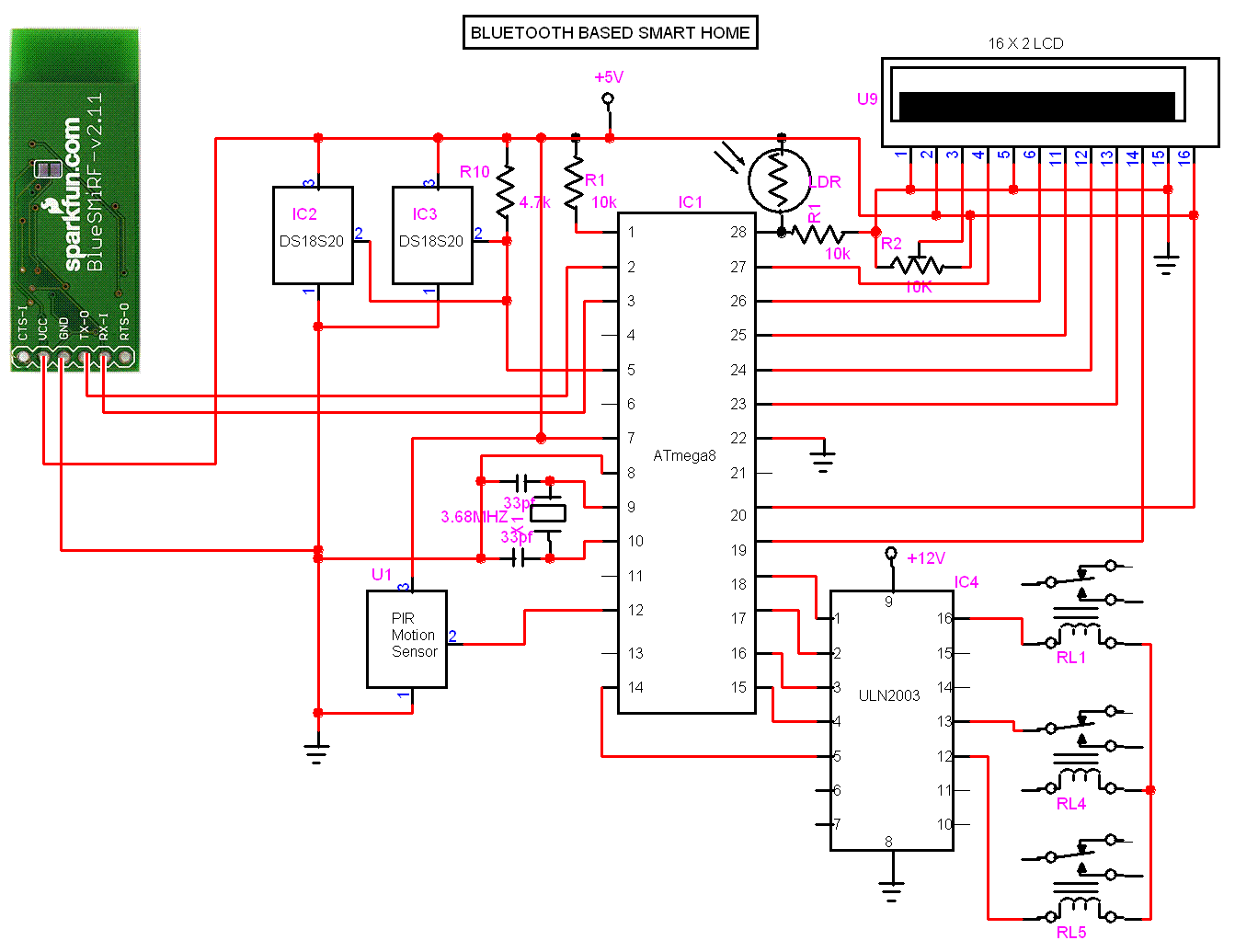
DS1307 based Clock using lcd
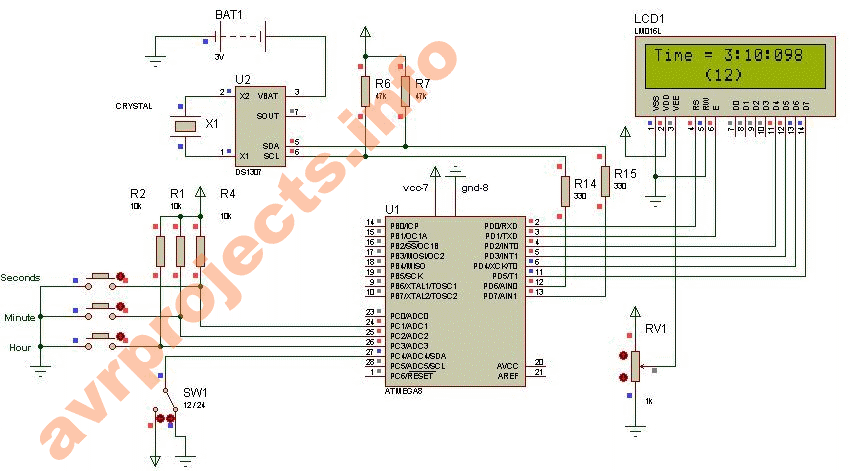
This project provides a real-time clock utilizing the RTC chip DS1307. The DS1307 RTC chip features a built-in oscillator for timekeeping and includes its own registers for full functionality.
The DS1307 is a low-power, I2C real-time clock that maintains accurate time and date information. It operates on a supply voltage of 1.8V to 5.5V and can function in a wide range of temperatures, making it suitable for various applications. The chip includes a 56-byte SRAM for data storage, which can be used for storing user-defined data.
The real-time clock is capable of tracking seconds, minutes, hours, day, date, month, and year, with leap year compensation. The DS1307 communicates with microcontrollers via the I2C protocol, allowing for easy integration into various electronic projects.
To implement this project, the DS1307 must be connected to a microcontroller, such as an Arduino or Raspberry Pi, using two wires for the I2C communication (SDA and SCL). Additionally, a 32.768 kHz crystal oscillator is required to ensure accurate timekeeping. A backup battery, typically a CR2032 coin cell, is also necessary to maintain timekeeping during power outages.
The circuit design includes pull-up resistors on the SDA and SCL lines to ensure proper logic levels during I2C communication. The microcontroller can be programmed to read the time data from the DS1307 registers and display it on an LCD or send it to a connected device.
In summary, the DS1307 real-time clock project offers a reliable solution for timekeeping in electronic applications, utilizing its built-in oscillator and I2C communication capabilities for seamless integration.This project gives you a real time clock with the RTC chip DS1307. This RTC chip has inbuilt oscillator for clock and it has its own registers for full. 🔗 External reference
The DS1307 is a low-power, I2C real-time clock that maintains accurate time and date information. It operates on a supply voltage of 1.8V to 5.5V and can function in a wide range of temperatures, making it suitable for various applications. The chip includes a 56-byte SRAM for data storage, which can be used for storing user-defined data.
The real-time clock is capable of tracking seconds, minutes, hours, day, date, month, and year, with leap year compensation. The DS1307 communicates with microcontrollers via the I2C protocol, allowing for easy integration into various electronic projects.
To implement this project, the DS1307 must be connected to a microcontroller, such as an Arduino or Raspberry Pi, using two wires for the I2C communication (SDA and SCL). Additionally, a 32.768 kHz crystal oscillator is required to ensure accurate timekeeping. A backup battery, typically a CR2032 coin cell, is also necessary to maintain timekeeping during power outages.
The circuit design includes pull-up resistors on the SDA and SCL lines to ensure proper logic levels during I2C communication. The microcontroller can be programmed to read the time data from the DS1307 registers and display it on an LCD or send it to a connected device.
In summary, the DS1307 real-time clock project offers a reliable solution for timekeeping in electronic applications, utilizing its built-in oscillator and I2C communication capabilities for seamless integration.This project gives you a real time clock with the RTC chip DS1307. This RTC chip has inbuilt oscillator for clock and it has its own registers for full. 🔗 External reference
